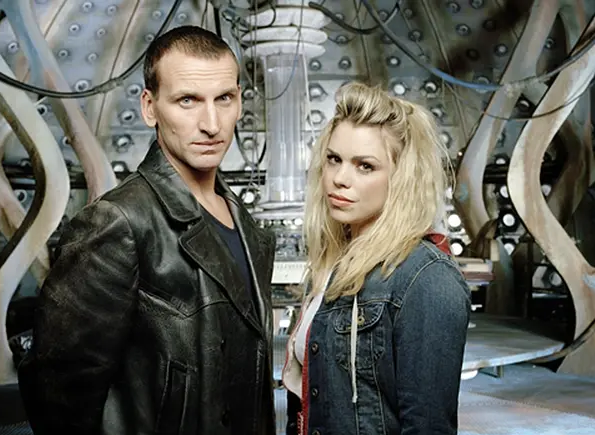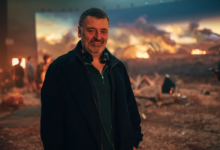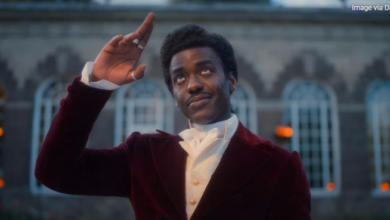Doctor Who: Companions’ First Moments Key to Setting Up The Future

The Doctor’s relationship with their companion is the heart of Doctor Who, and their first meetings always offer a sense of what’s to come.
The BBC has released a new Doctor Who compilation video of the companions’ first moments when they meet the Doctor, mostly in the modern era of the show. Those first moments are always a defining moment in establishing the companion and how their rapport with the Doctor would pan out in their time together. Sometimes it’s also an introduction to the Doctor, both for them and the audience, because those episodes are often like a pilot for a new show. That’s the beauty of the endless renewability of Doctor Who. And the companions’ first moments with The Doctor are as important as each Doctor’s first moments.
Thus you have Rose (Billie Piper) being feisty and brave as something completely insane happens to her world before the Ninth Doctor (Christopher Eccleston) takes her hand and guides her through it. Martha Jones (Freema Agyeman) shows grit and determination that impresses the Tenth Doctor (David Tennant). Donna Noble (Catherine Tate) is a bridezilla who drags the Doctor around. The brassy Victorian bargirl and governess version of Clara (Jenna Coleman) shows the curiosity and sense of humour that draws The Doctor (Matt Smith) out of his Scrooge-like period of mourning. Bill’s (Pearl Mackie) curiosity reminds The Doctor (Peter Capaldi) of his granddaughter whom he misses. Yaz’ (Mandip Gil) first prickly encounter with The Doctor (Jodie Whittaker) will retroactively turn out to be a love at first sight when #Thazmin comes to fruition two series later.
Let’s face it, Doctor Who might be a progressive show as much as it could be, and it made the effort whenever possible, but for the longest time, it was incredibly sexist. The female companions before Ace were all there to follow the hero around and scream when the monsters showed up and got rescued. Sarah Jane was played with nuance and spunk by Elizabeth Sladen, but she constantly had to be rescued. Even Leela (Louise Jameson) had to be rescued, though she was the only companion before Ace, who rushed in after enemies and monsters to kill them. It was pretty much the companion’s job to be in peril and get rescued by the hero. It was and still is the default of most male writers. You could argue it’s the most basic tenet of adventure fiction, especially those written to appeal to boys and men. It makes them feel powerful and validated. Obviously, that doesn’t fly anymore in the 21st Century. Showrunners Russell T. Davies, Steven Moffat, Chris Chibnall, and Russell T. Davies have written the companions with a more equal footing to the Doctor now, though they’re still the audience’s entry into the story, someone for the script to explain things to.
The companion relationship is always a love story, sometimes romantic, sometimes parental, sometimes platonic, but they always have to get along for the show to have any legs. Every show needs a central relationship to get fans to follow, and Doctor Who has been doing it for longer than most shows.




